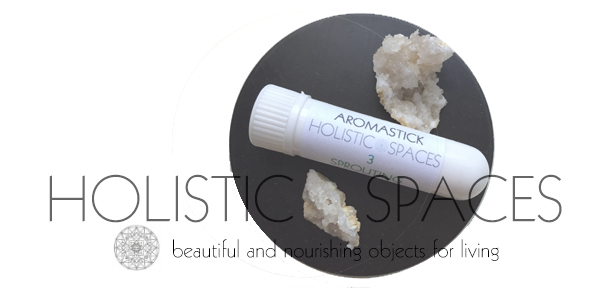featured on MindBodyGreen by Emma Loewe
The term "hygge" first popped up on the American scene in 2016, and unlike other home trends come and gone, the Danish philosophy that prizes cozy, comfortable spaces has withstood the test of time.
It makes sense: Who wouldn't want to walk in their front door and immediately feel wrapped in a warm hug? Typical hyggelig fodder includes fuzzy socks and roaring candles, but to ring in winter 2019 we're calling for the next iteration of a wellness-approved hygge bedroom: one that makes us feel cushy and safe while also promoting a better night's sleep.
Go forth and make the bed of your dreams with these eight add-ons:
6. Reminders of people (or pets!) you love.
Placing a reminder of someone or something you love right across from your bed basically guarantees that you wake up in a good mood every morning. It can be a photograph from a family trip, a dreamy landscape, or an ode to a furry friend.
When you're hanging yours, take a cue from feng shui design philosophy and place it a little higher on the wall than you think you need to. "If someone has issues with depression and low energy, I often notice that their artwork, photographs, and mirrors are hung low on the walls. The low artwork can bring down your chi," feng shui expert Anjie Cho explained in a piece about bedroom design. "It's also good to fasten frames in two places so the art isn't crooked."
…read full article
If you’d like to learn more about feng shui check out the Mindful Design Feng Shui certification program. Laura Morris and I launched our program in September 2018. To get on the list about it, sign up at: www.mindfuldesignschool.com.
Mindful Design is a new way to learn feng shui. Our unique training program takes an holistic approach to learning the art of feng shui design. Mindful design is about becoming aware, and attentive, to the energy around you: both inner and outer qi. It is about promoting a better way of living and creating sacred spaces that support, and nourish.







